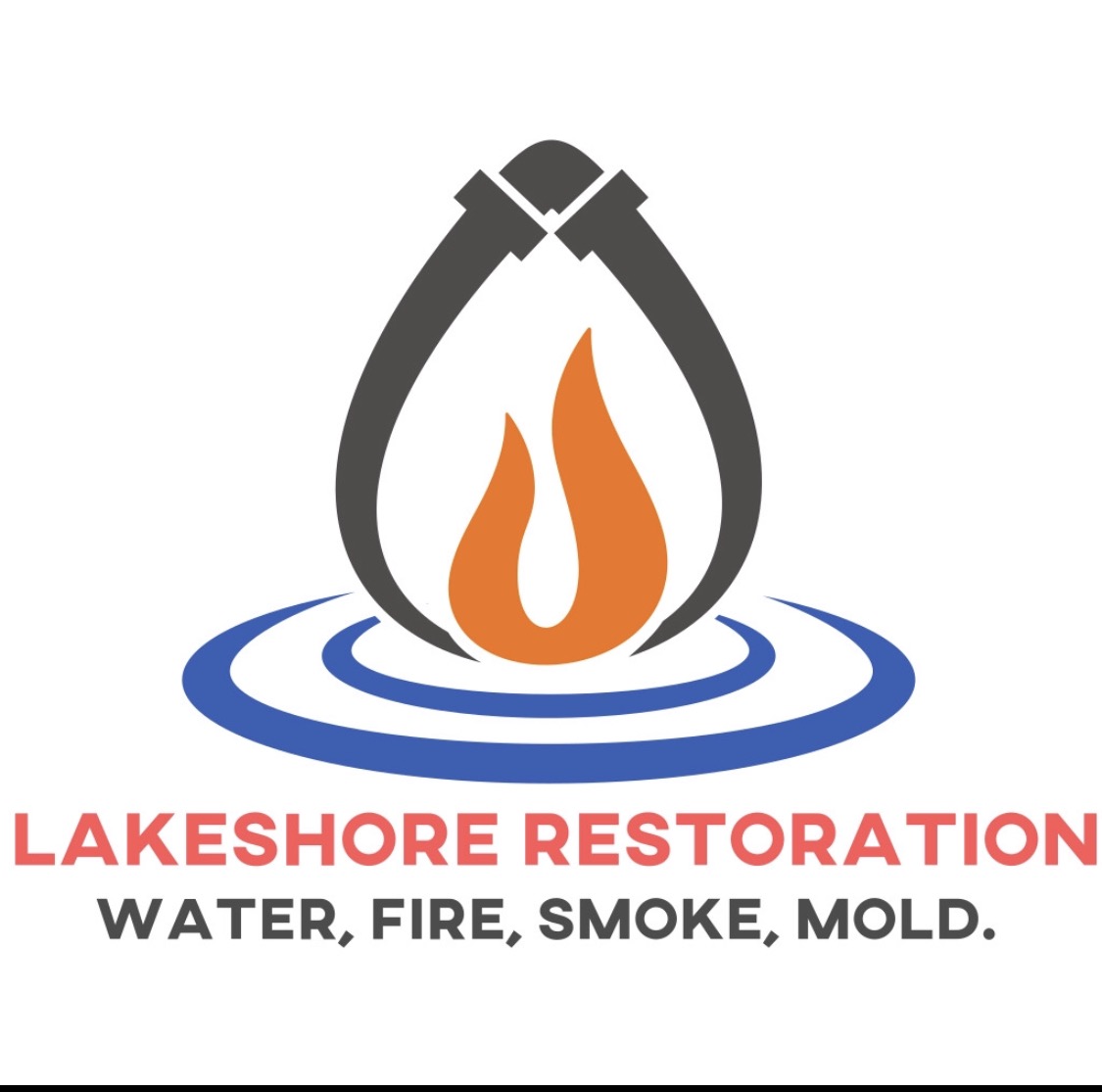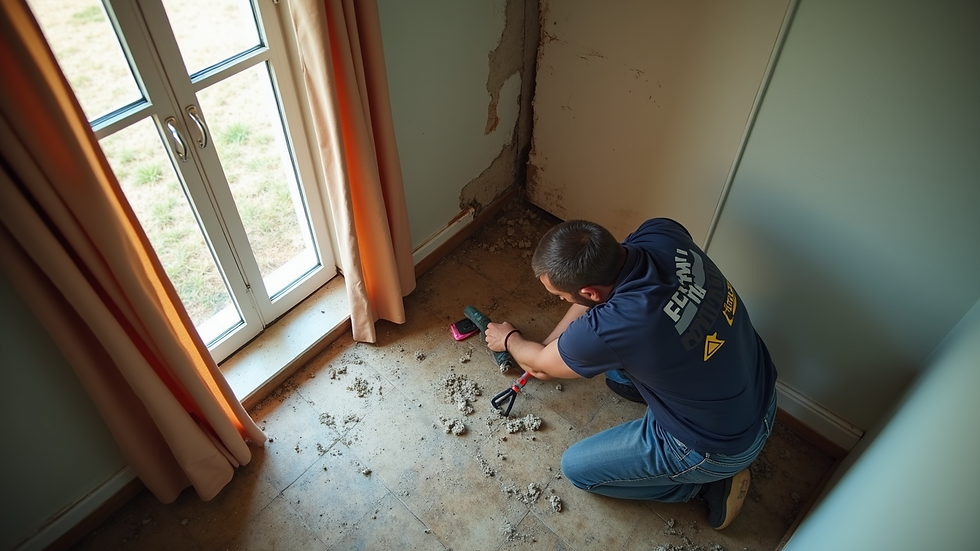Effective Solutions for Home Water Damage Restoration
- Lakeshore Restoration LLC

- 1 day ago
- 3 min read
Water damage can strike unexpectedly, causing significant distress and costly repairs. Whether it’s from a burst pipe, flooding, or a leaking appliance, addressing water damage quickly and effectively is crucial to minimize harm to your home. This guide explores practical and proven solutions for home water restoration, helping you understand the steps to take and how to protect your property from further damage.
Understanding the Importance of Home Water Restoration
Water damage affects more than just the visible surfaces of your home. It can weaken structural elements, promote mold growth, and damage electrical systems. Immediate action is essential to prevent these issues from escalating.
Key reasons to prioritize home water restoration:
Prevent mold and mildew: Moist environments are breeding grounds for mold, which can cause health problems.
Protect structural integrity: Water can weaken wood, drywall, and foundations.
Avoid costly repairs: Early intervention reduces the extent of damage and repair costs.
Maintain indoor air quality: Removing excess moisture helps keep your home’s air clean and safe.
Taking swift action after water damage is the first step toward restoring your home to a safe and comfortable condition.

Step-by-Step Guide to Home Water Restoration
Restoring your home after water damage involves several critical steps. Following a systematic approach ensures thorough cleanup and reduces the risk of long-term problems.
1. Ensure Safety First
Before starting any restoration work, make sure the area is safe:
Turn off electricity in affected areas to avoid electrical hazards.
Wear protective gear such as gloves and boots.
Ventilate the space to reduce humidity and improve air circulation.
2. Identify and Stop the Water Source
Find the source of the water intrusion and stop it immediately. This could be a leaking pipe, a broken appliance, or external flooding. Fixing the source prevents further damage.
3. Remove Standing Water
Use pumps, wet vacuums, or mops to remove standing water. The faster you remove water, the less damage your home will sustain.
4. Dry and Dehumidify
After removing water, dry the affected areas thoroughly. Use fans, dehumidifiers, and open windows to speed up the drying process. This step is crucial to prevent mold growth.
5. Clean and Disinfect
Water damage often brings contaminants. Clean all surfaces with appropriate disinfectants to eliminate bacteria and prevent odors.
6. Repair and Restore
Once the area is dry and clean, repair damaged materials such as drywall, flooring, and insulation. Replace items that cannot be salvaged.

Choosing Professional Water Damage Restoration Services
While some water damage can be managed with DIY methods, severe cases require professional intervention. Experts have the tools, experience, and knowledge to handle complex restoration tasks safely and effectively.
Professional water damage restoration services offer:
Advanced equipment: Industrial-grade pumps, dryers, and moisture meters.
Mold remediation: Specialized techniques to detect and remove mold.
Structural repairs: Skilled labor to restore your home’s integrity.
Insurance assistance: Help with documentation and claims processing.
Hiring professionals ensures a comprehensive restoration process, reducing the risk of hidden damage and future problems.

Preventive Measures to Avoid Future Water Damage
Prevention is always better than cure. Implementing simple measures can protect your home from water damage and save you from costly repairs.
Effective preventive tips include:
Regular maintenance: Inspect plumbing, roofs, and gutters for leaks or blockages.
Install sump pumps: These devices help remove excess water from basements.
Seal cracks: Use waterproof sealants on walls and foundations.
Monitor humidity: Use dehumidifiers in damp areas to control moisture levels.
Upgrade appliances: Replace old or faulty water heaters, washing machines, and dishwashers.
By staying proactive, you can reduce the likelihood of water damage and maintain a healthy home environment.
What to Do Immediately After Water Damage
Knowing what to do right after water damage occurs can make a significant difference in the restoration outcome.
Immediate actions to take:
Document the damage: Take photos and videos for insurance purposes.
Contact your insurance company: Report the damage and understand your coverage.
Call a professional: If the damage is extensive, reach out to certified restoration experts.
Remove valuables: Move furniture, electronics, and important items to a dry area.
Avoid using electrical appliances: Until the area is fully dry and inspected.
Prompt and informed action helps minimize damage and speeds up the recovery process.
Water damage can be overwhelming, but with the right knowledge and resources, you can restore your home effectively. Whether you choose to handle minor issues yourself or rely on professional water damage restoration services, acting quickly and following best practices is key to protecting your home and health. Stay vigilant, maintain your property, and be prepared to respond swiftly to any water-related emergencies. If you need further assistance or more information, go to www.lakeshorerestorationllc.co or call/text us at (920) 221-1440.




Comments